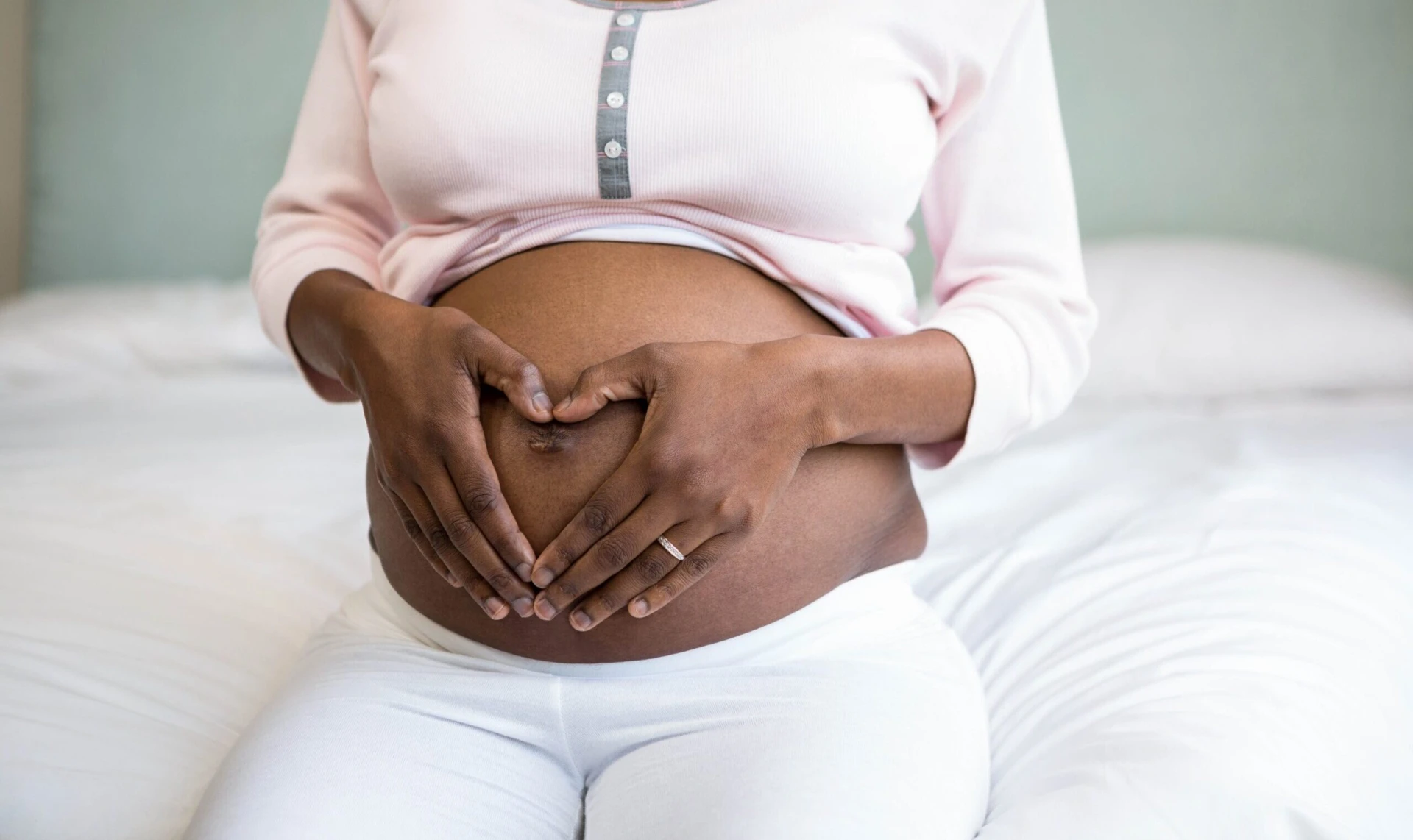Inducing pregnant women at around 39 weeks could reduce term stillbirths by up to half. If the induction is done under carefully controlled conditions and both mother and baby are healthy, then the avoidable tragedy of stillbirths could be reduced drastically.
Induction of labour in older mothers is widely practiced as an intervention perceived to reduce the risk of late stillbirth. A recent survey showed that nearly two out of five (37%) of obstetricians offer induction of labour at term to women aged 40–44 years of age and 55% to those ≥ 45 years old. Elective caesarean sections in older women are also rising and studies suggest there is a lower threshold among patients and providers to perform a caesarean section in older women.
The average age of childbirth is rising markedly across Western countries. In the United Kingdom the proportion of maternities in women aged 35 years or over has increased from 8% (approximately 180,000 maternities) in 1985–87 to 20% (almost 460,000 maternities) in 2006–8 and in women aged 40 years and older has trebled in this time from 1.2% (almost 27,000 maternities) to 3.6% (approximately 82 000 maternities).
According to the Stillbirth and Neonatal Death Charity (https://www.uk-sands.org/), in 2013, over 100 babies were either stillborn or died in the first four weeks of life every week in the UK which is one in every 137 births, we believe that many of these deaths are preventable, and that this level of baby loss is completely unacceptable2.
“There are many things we cannot change – such as for example genetic abnormalities – but term death can be reduced significantly. By and large, society expects women to have natural births so this concept may be seen as controversial. The biggest barrier to inducing women appropriately is that they are often given advice based on old data which suggested that induction per se increases intervention rates, which we now know is proven categorically not to be the case. Women have a right to the best care based on a proper understanding of the best evidence, which few currently have access to.”
There is increasing evidence that induction of labour from 37 weeks of gestation also improves perinatal outcomes without increasing rates of caesarean section . This goes against the commonly held belief that induction of labour leads to an increase in caesarean section rates.
There are several groups in the term stillbirths before labour:
Missed growth-restricted babies and those with missed diabetes and conditions such as cholestasis (a liver disorder)
Acute emergencies such as where the placenta separates or where the membranes rupture and the umbilical cord prolapses or infection sets in
Stillbirths where something goes wrong in the labour. Sometimes the baby gets distressed which is missed due to bad CTG analysis (which monitors the baby’s heart) and the baby dies. Or the labour is allowed to go on too long and other issues like infection develop
Acute emergencies can largely be avoided by earlier induction as could all the late unexplained still births.
“Done properly, early induction at 39 weeks is safe and does not need to increase Caesarean section rates or the rate of other interventions. In fact there is increasing evidence that the rate of Caesarean is lower and the normal delivery rate higher if babies are born at 39 weeks.








